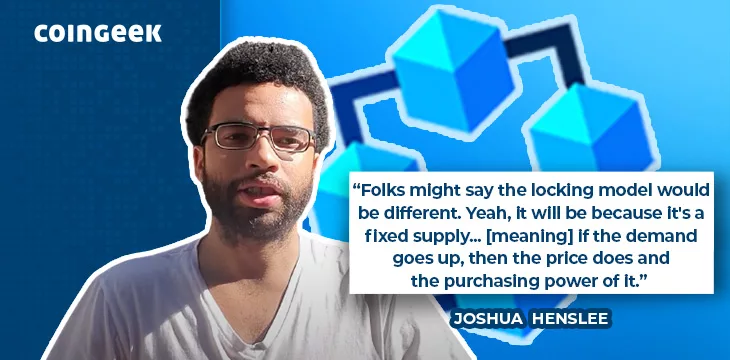Bitcoin thought leader and developer Joshua Henslee recently released a video explaining how the Bitcoin brain is waking up. New innovations are coming thick and fast, and Henslee covers some of them in this video.
The launch of Hodlnet.sh
Henslee kicks things off by informing us that on October 28, 2023, Hodlnet.sh was launched. It’s a search engine for content with Bitcoins locked against it—it will only search for content people have locked coins against.
The efficiency this will unlock is vaguely comprehensible, Henslee tells us. In his view, Bitcoin is the hardest asset the world has ever seen, and having it locked against content is hugely transformative. Hodlocker is already more efficient than Google (NASDAQ: GOOGL), Henslee says.
While the leading search engine will show the latest results, it won’t show any historical context, such as what was most popular at a given date in the past. Using Hodlnet.sh, we can search to see what content has most coins locked against it at a given date in the past, giving us a valuable glimpse into what people thought historically.
Noting that Bitcoin has a fixed supply, Henslee points out that as demand increases, so does its purchasing power. Therefore, people won’t lock coins for a long time. For example, they’ll only lock coins against Superbowl content during the Superbowl, and we’ll be able to see what they thought by searching for the content with the most coins locked against it during this time period.
Hodlnet.sh was built by an anonymous developer—nobody knows who it was. However, Henslee tells us that it’s only one of the potential search engines that could be built around this concept. Since the data is on the BSV blockchain, different types of search engines can be built around it.
Henslee says Twetch, BoostPow, and other related concepts didn’t work because the incentives weren’t right. This time, they are; you’re not spending coins but rather locking them, and you’ll get them back in the future. Things are moving quickly; new models will come out, and the speed of locks will increase.
The mystery of the millions of coins being bought
In another video, Henslee touched on how millions of BTC, BCH, BSV, and eCash coins are being bought up by an entity and stored in single wallets. This is being discussed on Hodlocker, and some have suggested it’s an exchange based on observed patterns.
Henslee doesn’t necessarily think it’s an exchange. First, there’s the question of how an exchange, e.g., OKX, could get 1.3 million bitcoins. Could it be a whale? Perhaps, but that leads to the question of why they would want so many coins when they’d be so hard to sell. Whoever or whatever is accumulating these coins either knows there will be somewhere to sell them, or they’re hedging their bets.
Whatever happens in the COPA v Wright case, the BSV blockchain is going to survive and thrive, and the wider industry is going to have to start paying attention. Innovations like Hodlnet.sh won’t just go away because of the outcome of a court case.
Recap of this Joshua Henslee video
- Henslee points to the release of Hodlnet.sh—a new search engine in which you can search content with locked Bitcoins, or which has previously had locked bitcoins, against it.
- This is a whole new model for search, providing much-needed historical data we can use to understand what people thought at certain points in the past.
- Many new search engines can be built around this because the data is on the blockchain. This is just the first example of what’s possible.
- Henslee also touches again on the subject of the entity buying 1.3+ million BSV coins. He doesn’t think it’s an exchange but rather someone who knows they’ll be able to sell the coins for a markup.
Watch: Bitcoin White Paper – 15 years on, the significant landmark but what does it mean?
New to blockchain? Check out CoinGeek’s Blockchain for Beginners section, the ultimate resource guide to learn more about blockchain technology.











